Blogging Tips for Business: How To Write Powerful Blog Post
Long gone are the days where you could bash out a 500-word blog post spread across three paragraphs and see success. That’s the old school blogging tip everyone would encourage you to do.
With more than two million blog posts published a day, it’s more important than ever to create something amazing that people want to devour.
Consumers’ time is becoming more and more precious as they try and spread themselves too thin across multiple social platforms and everywhere else, so getting their attention is one thing, but keeping it is something else entirely.

The sheer amount of content published every single minute, let alone every single day, is absolutely mind-boggling. Source.
Getting people to stick around for an entire blog post regularly feels like an uphill struggle, but there is a way you can increase that all-important time spent on page.
Take some notes for the blogging tips ahead!
Think of Your Blog Post Like a Research Paper
Remember at school or college, when writing a research paper was a huge undertaking? You’d carry out tons of research, gather together loads of resources, and then carefully start crafting your argument.
This should be a similar process you follow for creating a blog post.
It doesn’t have to be a mammoth event that takes weeks (although we all know that the only reason research papers took so long in college was because of our good friend procrastination), but coming at it in a structured way will make it easier for you to create something engaging and valuable for readers.

What Exactly Is a Research Paper?
Research papers are well-put together pieces of writing that bring together multiple different viewpoints to create a rounded argument.
More often than not, they include a number of different resources from academic sources to really back up the point.
Now, most of us aren’t established experts in our fields, so presenting a sense of authority can be difficult if we don’t have the credentials to back us up.
It was the same at college, right?
Our professors wouldn’t accept anything less than a good old smattering of relevant information from credible sources in our papers.

Here, you can kind of pretend that Google is your new college professor.
Why?
Because creating content with high-quality sources that keeps people sticking around is the key to getting a good search ranking.
By integrating relevant information from other sources, citing data and facts, and creating an “argument” that’s more than just your own opinion (just like you would in a research paper), you’re essentially showing Google that you’re pumping out the good stuff.
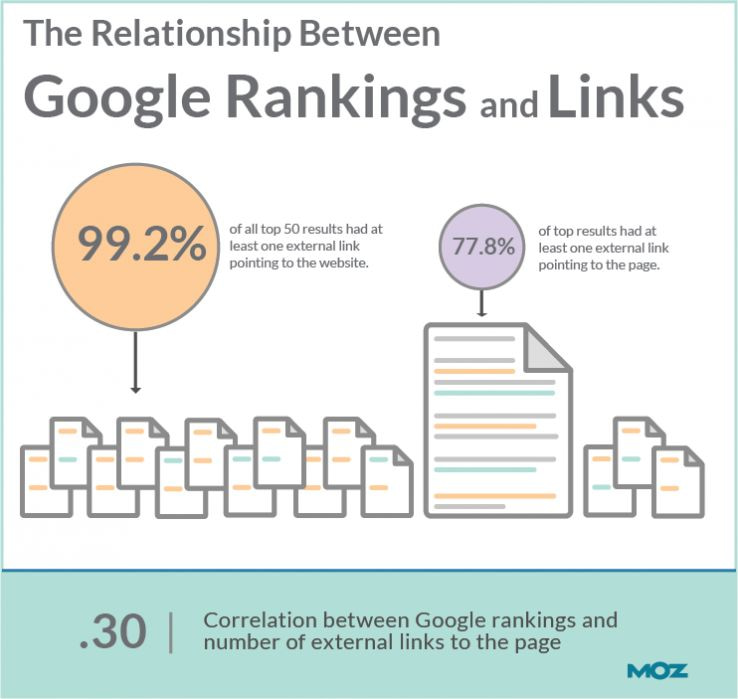
Here’s how you can do that.
1. Write Your Thesis
In the Dictionary, a thesis is defined as “a statement or theory that is put forward as a premise to be maintained or proved.”
This is essentially your content strategy or, more specifically, the purpose of each and every blog post.
Before you even put pen to paper (or fingers to keyboard), ask yourself the following questions:
-
- What is the primary topic of this blog post?
-
- Why is this blog post important?
-
- What are the main things readers will take away from this post?
-
- How will I get my point across?
Once you are able to answer these questions, you can start to structure your piece in a way that’s concise and flows well. Here’s a detailed piece from Harvard that highlights the best way to write a thesis.
2. Create an Outline
Before you start your hunt for facts, figures, data, and relevant quotes, you need to have a general idea of how your blog post is going to be structured.
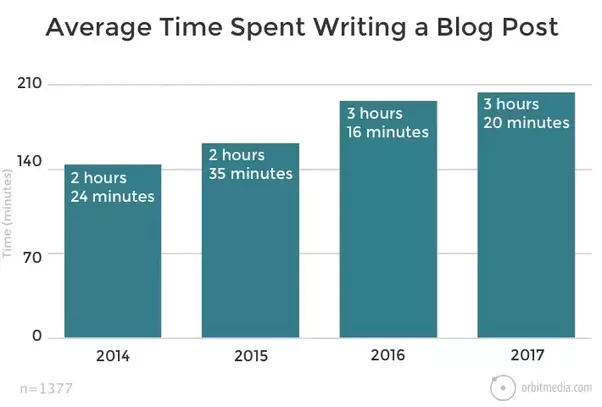
Usually, you have your professor check you’re on track before you start writing, but in the case of a blog post it’s down to you to figure out how you’re going to put together your argument.
Again, this ties in with your thesis. One of the best ways to plan a blog post is to highlight the key points you want to make in bullet point form and then move them around until they fit into a good flow.
When you’ve got your agenda in place, go through each bullet point and ask yourself whether it supports your thesis (or blog post plan). Here’s how you can create an awesome blog outline in 10 minutes.
3. Find Credible Sources
You remember how your professors would emphasize finding credible sources? Even if you had a perfectly written paper but had un-credible sources like Wikipedia they would fail the paper or make you redo it. This same warning applies to finding sources for a blog post.
And, with more than two million blog posts being published a day, it’s easy for readers to click away before they’ve even got to the meat of your piece and find a “better” answer to their question.
In the first instance, no one will trust you – and why should they?
To keep people sticking around, you need to build trust and a backbone to your argument.
Simply throwing out a few opinions here and there is okay, but to really get and hold the attention of readers, you need to back up what you’re saying with facts and examples.
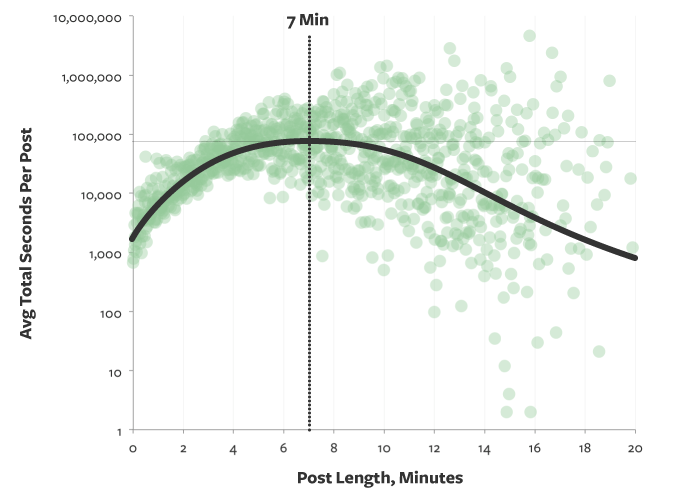
According to Medium, blog posts that take around seven minutes to read get the most eyeballs to the bottom of the post.
But it’s not just enough to just write more words because that’s what people want – those words have to be compelling, they have to tell a story, and they need to drive people to read the next sentence (and the next).
When you’re researching sources to back up the points you’re making, it’s important to ensure that the sources are credible. The easiest way to do this is to check the domain authority of the site.
There are plenty of SEO tools out there that you can use to quickly check the domain authority (DA) of a site, just type in the domain you want to check and go:
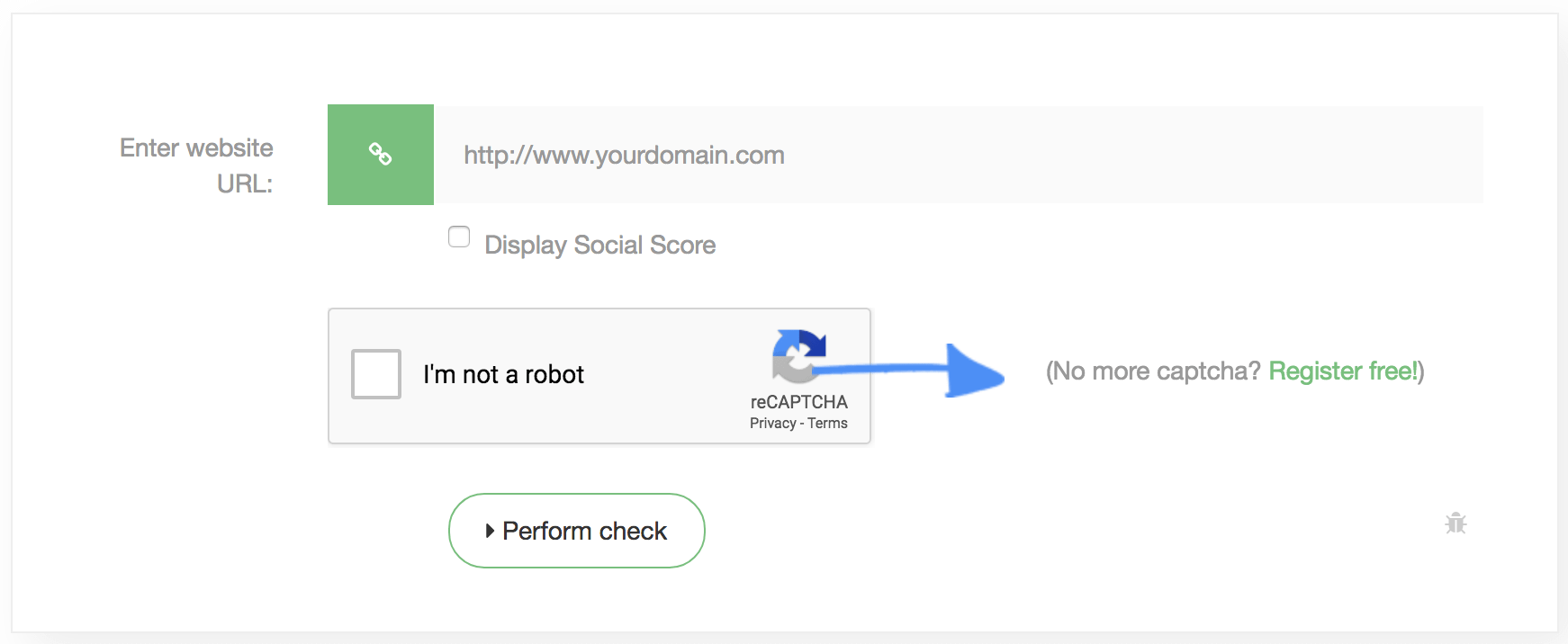
Here’s the page/domain authority of Forbes as an example:

4. Data Matters
In a hugely saturated industry like marketing, for example, everyone and their dog is claiming to be a magician or a guru. These “authority” figures tend to cite big claims, but often don’t back them up.
But let’s go back to research papers for a moment.
Every time you made a big claim, you had to back it up, right?
Your blog posts should be no different. Every time you inject a statistic or a piece of data that solidifies the point you’re making, you build a little more trust with your readers.
The key thing to remember here is that consumers don’t buy from businesses, they buy from people they trust, and building trust starts by not making wild claims without backing them up.
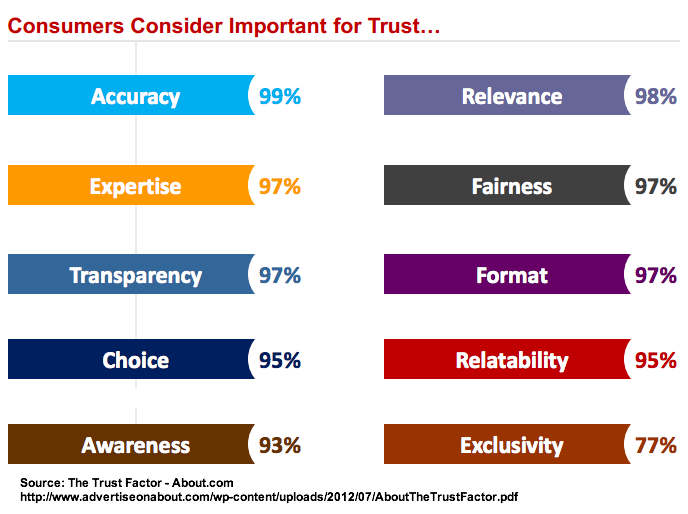
Extra Credit Blogging Tip: Make it Interesting
Just think for a moment about how many research papers professors have to read in one sitting.
They are often overwhelmed by the number of papers they need to get through, and that’s exactly what your audience feels like with online content.
Keeping your readers engaged is the most important thing for building relationships, so consider just how you’re going to do that.
Ask yourself this: what makes this particular blog post better or more interesting than something similar on another site?
Here’s a quick tip for determining if your blog post is going to cut through the noise of all the other posts out there: ask yourself how you will persuade your audience to believe in your thesis.
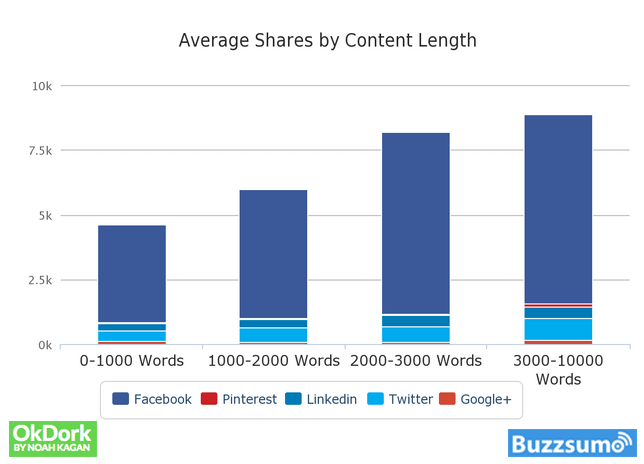
For example, if you want to explore the topic of how longer blog posts get shared more on social media (it’s true!), how will you get your readers to believe that?
What data will you source to backup your claims and what arguments will you put forward to make your point clear?
This is the kind of stuff that makes a blog post interesting and keeps people reading (and coming back for more).
Creating a blog post is no longer a case of writing a few hundred words, hitting publish, and hoping for the best. These days, blog posts are fantastic tools for building trust and driving conversions – if you do it properly.

In fact, 78% of consumers would rather learn more about a company through a blog post than ads or another method, while a further 70% think that brands publishing custom content want to build relationships.
This is why we can liken writing a blog post to writing a research paper despite them essentially being two completely different mediums.
Both things serve the same purpose: to lay out an argument.
Start by highlighting your thesis statement to determine what you want readers to get out of the piece, and then work on filling it in with bulleted key points that will make up your argument. From there, you can pepper data, statistics, and credible sources throughout those key points to solidify them and back up the claims your making.
As a result, you’ll quickly boost your authority in your field, build trust with your readers, and generate more conversions as people start to see you as the go-to person or business in your industry.
Homework
I would love to start a conversation about how you write a great post: tell me, what are your favorite blogging tips? Use #BlogTips and Tweet me @JoseAngelo100
